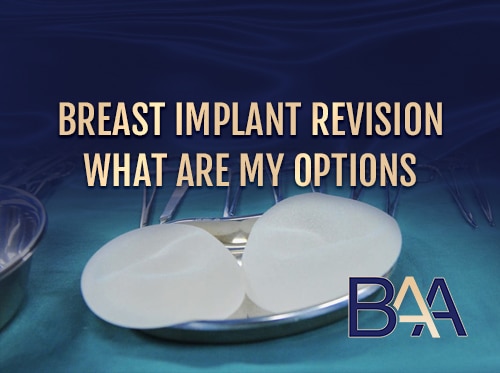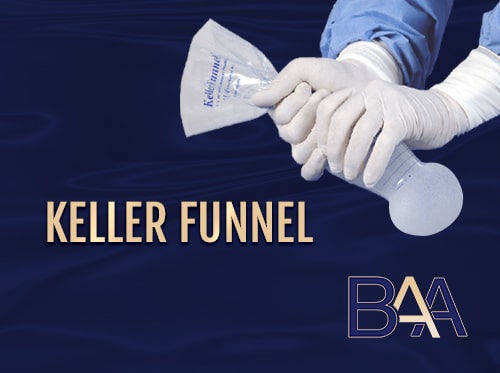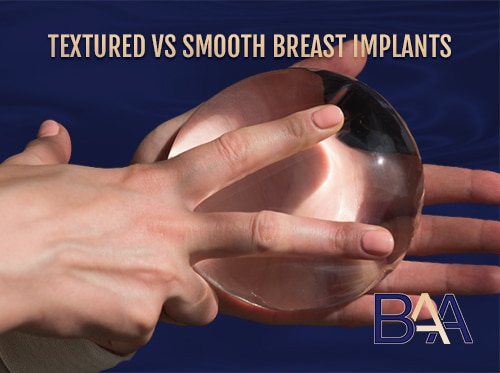Recovering From Breast Augmentation
Breast augmentation is usually done as a day procedure. You should be able to have a shower the following day. Driving can be expected around days 5-7. You can go back to office work in week 2 and full exercise around week 6. Expect the final result 6 months post-surgery.
Different women will have different recovery timelines. The time to full recovery in different individuals is determined by the following:
- Pain tolerance
- Overall health and body’s immunity
- Age during surgery
- Implant size
- Type of breast surgery technique
- Any additional breast surgery procedures
- Following the post-op surgical instructions
Breast Augmentation Recovery: What to Expect
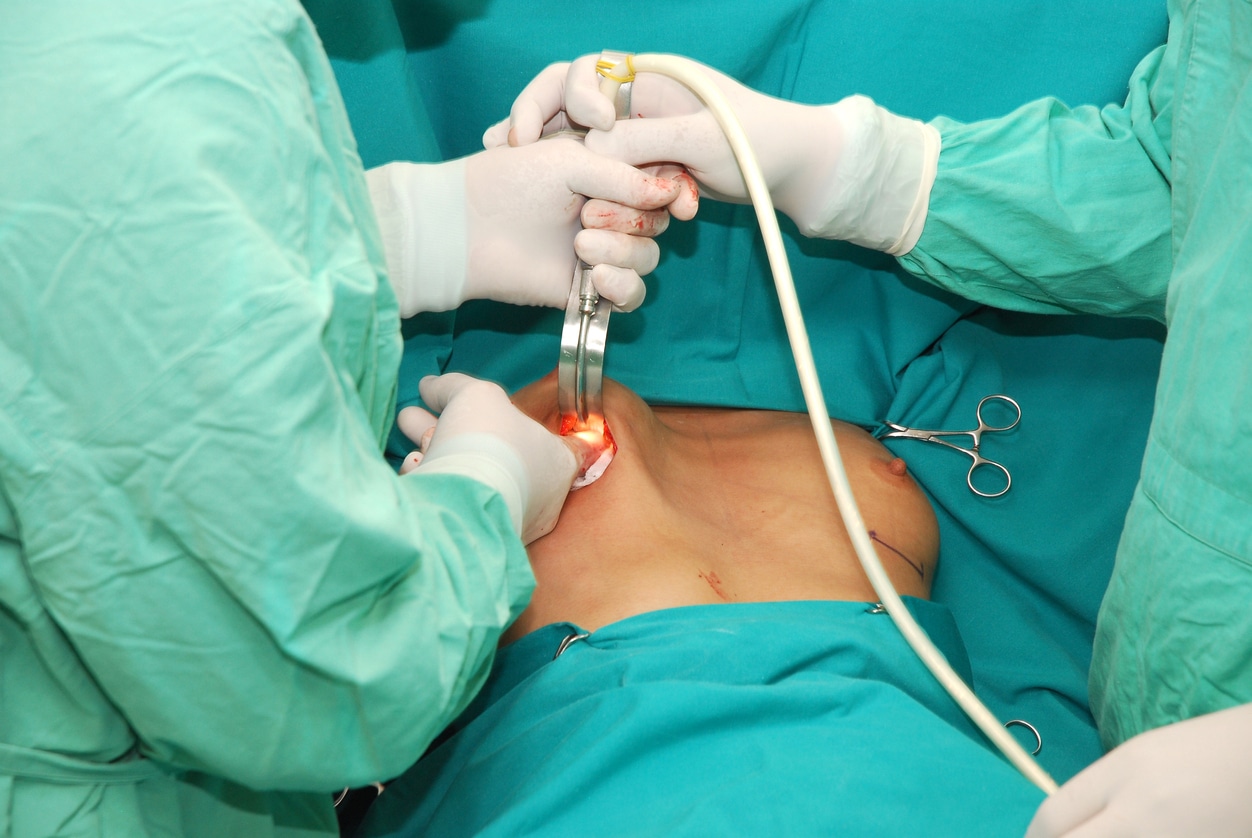
The specialist surgeon will create an incision to insert the breast implant during the procedure. The incisions include inframammary (under the breast crease), axillary (under the arm), and periareolar (around the nipple). After creating a pocket, the surgeon will insert the implant, close the incision with sutures and place bandages on it. After this, the process of recovery begins. The process is categorised into phases.
Immediate Postoperative Period
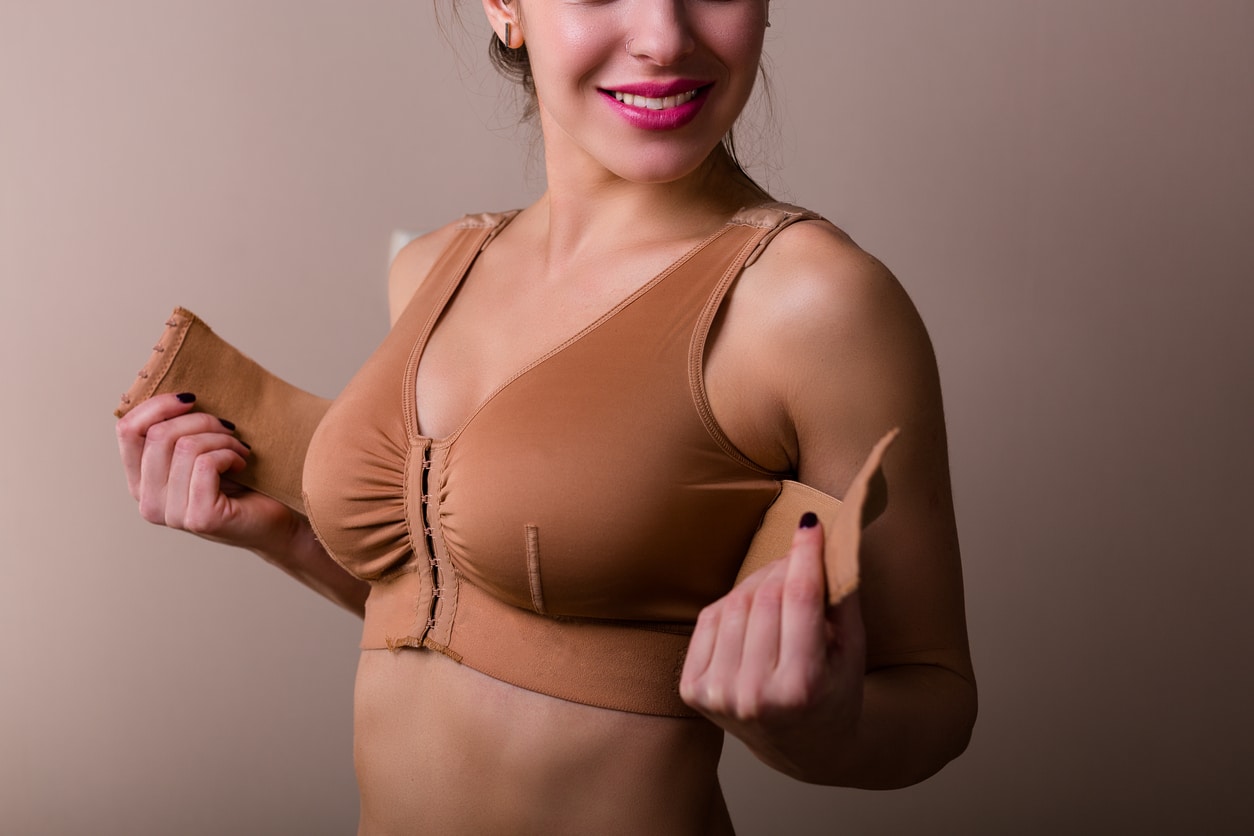
After waking up from anaesthesia, you’ll experience pain, fatigue, chest tightness, nausea, changes in breast sensitivity, and soreness. The breast will look overly round, high, and compressed, and there will also be swelling and bruises.
In the first 24 hours, you may experience extreme discomfort and pain. The effects wear off after a few hours. You’ll need a compression garment, or a surgical bra, to help reduce bruising, swelling and support the newly constructed breasts. In addition, the surgeon may place drains to help remove excess fluid.
The surgeon will prescribe pain medication to ease the pain and chest muscle relaxers to reduce the chest tightness. You can also take over-the-counter pain medications.
Mostly, you’ll remain at the hospital until the effects of the anaesthesia wear off or for a night while under observation. You should get transport on your way home and are required to get enough rest.
Week One After Operation

The discomfort peaks during the first 3 to 5 days. After this, the pain will subside, and you’ll feel a little better. The surgeon will remove the surgical drains (if these where placed), but the implants will still appear compressed and high.
“The swelling will have subsided substantially by now. You will be able to walk around and do some gentle movements. Walking around is helpful for blood circulation and enhancing recovery. However, you must avoid strenuous activities that may cause pain, swelling and disrupting healing. Make sure to follow the postoperative instructions provided by your surgeon fully.” Says Dr. Beldholm.
The next Few Weeks After Operation
After the first week, bruising and swelling have entirely subsided, and there will be little to no pain. You can start exercising. However, you should begin with light exercises as the body eases and ensure to avoid strenuous activities.
You should continue wearing a surgical bra to avoid any physical injuries. The implants will be settled by the sixth to eighth week, and the breast will start feeling natural. The scars will also begin to fade. You can start wearing fitted bras, but you should avoid underwire bras.
Six Months to One Year After Operation

The scars will usually be completely faded, and you can see the final surgery results. You can now wear underwire bras. However, you should wear a sports bra during high-impact activities.
Preparation for the Breast Augmentation Surgery Recovery
Preparing yourself before undergoing cosmetic surgery will help improve recovery after the procedure. The first step should be consulting with a qualified specialist surgeon (FRACS) who will provide you with the needed information. Below are other ways to ensure you’re fully prepared for breast augmentation and the preceding recovery period:
Practise Sleeping on the Back

During the first few weeks after breast surgery, you should sleep on your back, not your belly or side. Sleeping on the back enhances blood circulation and reduces pressure on the breasts. This enhances healing.
You can use pillows to elevate your back at an angle of 30-45 degrees. However, sleeping on the back can be uncomfortable. Therefore, ensure you practise this position before breast augmentation.
Arrange for Time Off Work
Depending on the type of work you do, you will need to arrange for time off
- Working from home for 4-5 days
- Working from the office 1-2 weeks
- Work that involves heavy lifting 4-6 weeks
This may be shorter or longer for different patients. Therefore, you should arrange for some time off work to ensure you get enough rest. Here are some ways to get you started:
- Prepare the recovery room to ensure comfort
- Avoid smoking and blood-thinning medications
- Ensure you have someone to help you around the house
- Learn as much as you can about different breast augmentation techniques and the recovery process
How to Enhance Recovery After Breast Augmentation

So how do you ensure you recover successfully from breast augmentation?
Wear Recovery bras
You should keep your surgical bra on during the first weeks. This includes during the night, and only take them off when showering. Surgical bras support and protect the breasts.
Follow the postoperative instructions
The surgeon will provide you with instructions to follow during recovery. Following the doctor’s instructions is essential in recovery.
Eat well
Eating a healthy diet will improve the body’s immunity, enhancing recovery. Ensure your diet is rich in vegetables/fruits, and proteins.
Avoid intense pressure on the breasts
Exposure to intense pressure may cause implant rupture or other complications. Therefore, you should avoid subjecting the breast to intense pressure and refrain from strenuous activities.
Take the prescribed medication
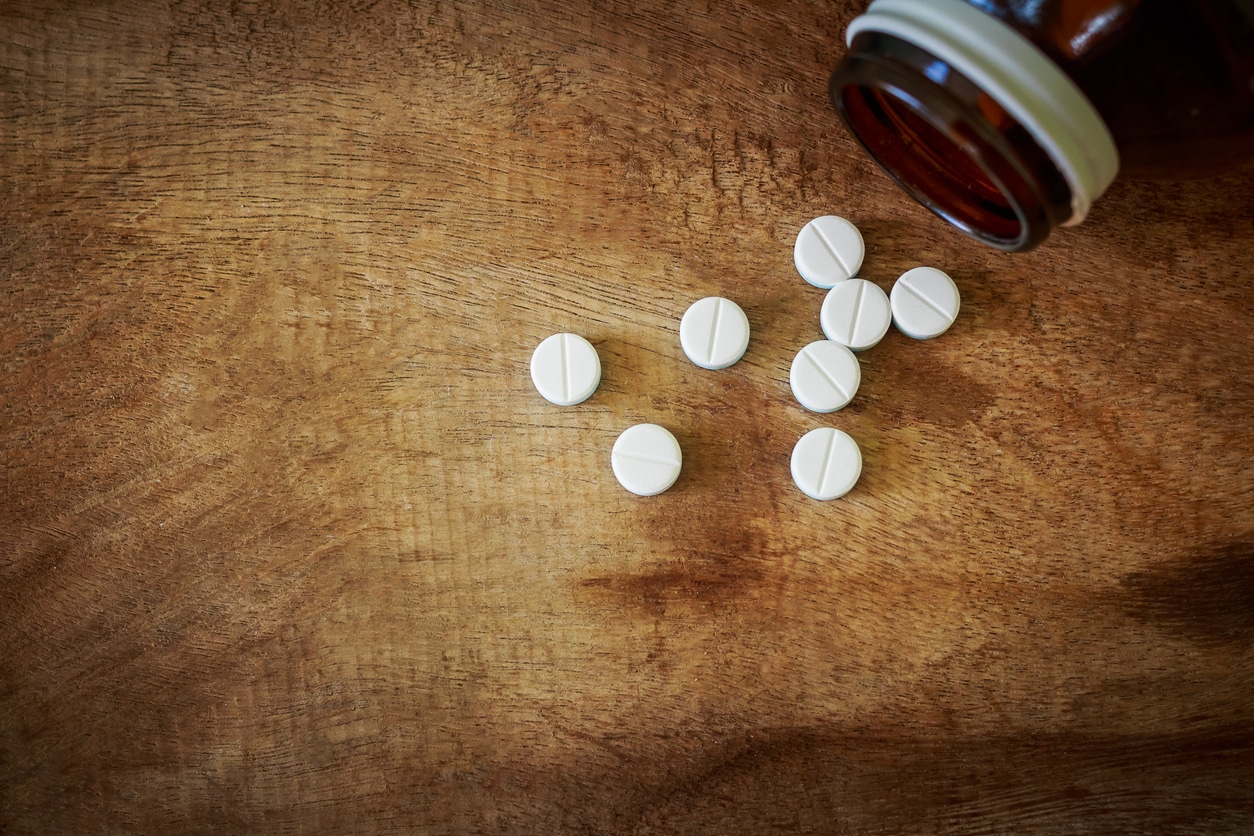
The surgeon will prescribe antibiotics and pain medication after surgery. These will help ease the pain and prevent complications during recovery.
Get enough sleep
Sleep enhances recovery by boosting the production of hormones essential for breast tissue repair. In addition to getting enough rest, ensure to get enough sleep. You should sleep on your back in an elevated position.
Massage the Breast
Ensure the surgeon has recommended and shown you how to massage the breasts to avoid injuring them. You can also seek help from an experienced medical practitioner.
Other measures include;
- Wearing loose-fitting clothes
- Attending follow up appointment with the surgeon
- Applying icepacks on the breast area to ease pain
- Staying hydrated and avoid caffeine or alcohol
Reducing Scarring During Breast Augmentation Recovery
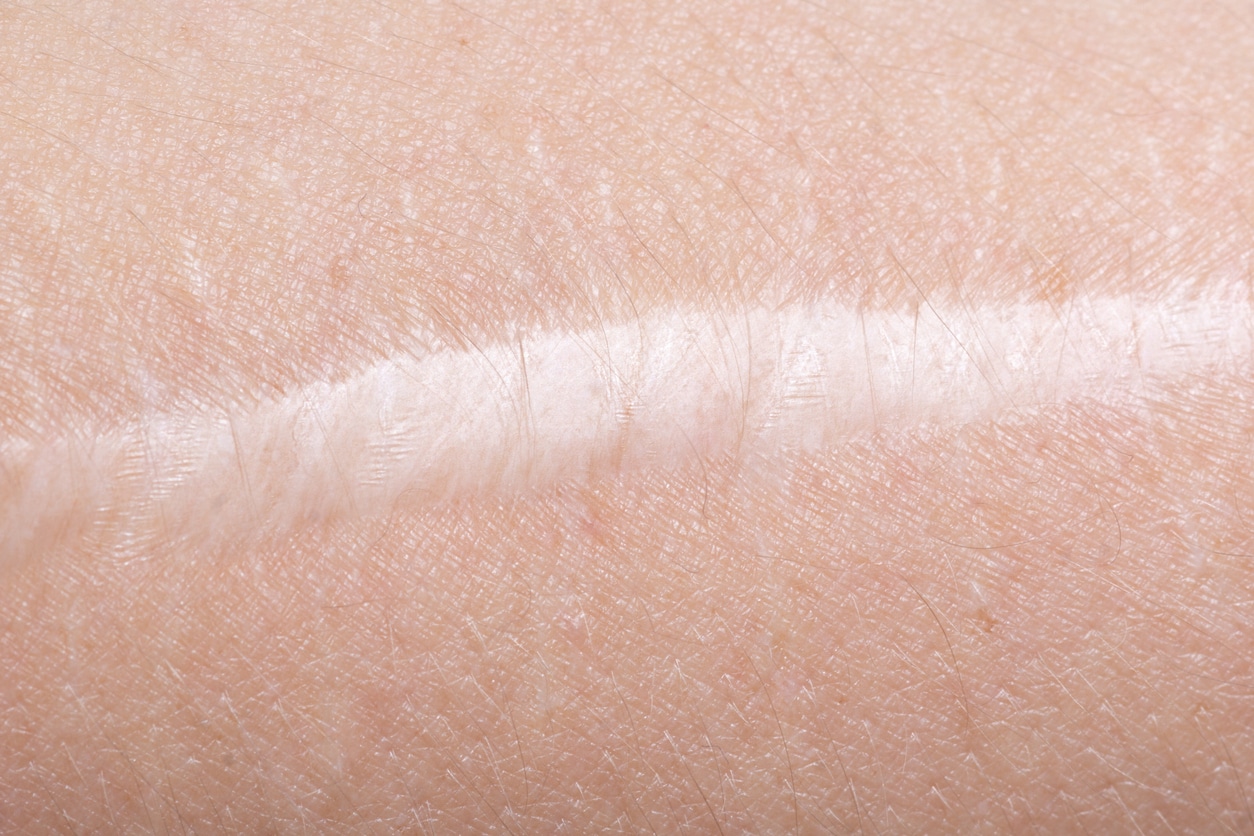
The incision will heal during recovery, leaving behind a scar that fades. However, in some instances, most patients may develop a thick scar. Excess scaring may be uncomfortable and reduce the breasts’ aesthetics, lowering an individual’s self-confidence.
You cannot eliminate scarring after breast implant surgery; however, you can minimise it and prevent excess scarring. Some ways to reduce scarring during breast augmentation recovery include applying scar treatments, staying hydrated, avoiding smoking, and protecting the incision from direct sunlight. Laser genesis is another good modality to improve scaring.
What Are the Possible Risks Involved in Breast Augmentation Recovery?
Breast augmentation requires proper post-surgery care to smoothen the recovery process. But there are some risks involved:
- Excess, visible scarring
- Capsular contracture: It can cause breast hardening due to the formation of thick scar tissue.
- Implant rupture: This leads to deflated breasts in cases of saline breast implants and is unnoticeable but dangerous in silicone breast implants.
- Implant rippling: Ripples may be felt on the breast. They can become visible in extreme cases.
- Breast implant illnesses: These are systemic symptoms, including skin rash, fatigue, memory loss, and joint pain, among others, associated with breast implants.
- BIA-ALCL: Breast Implant-Associated Anaplastic Large Cell Lymphoma is a cancer of the immune system associated with breast implants.
- Blood clots
- Loss of nipple sensation
- Implant rotation, causing asymmetry
- Extreme pain
When Should I Seek Medical Attention During Recovery?
Some symptoms which may indicate that the recovery is not going on okay and you require additional medical attention include:
- Excess pain which doesn’t subside
- Intense itching around the incision
- Excess bleeding
- Difficulties in breathing
- Constant dizziness, nausea, and vomiting
- Sensation loss of other body parts
Bottom Line
Recovery after breast augmentation is crucial because it determines the overall breast’s aesthetics outcome. It also helps prevent the occurrence of postsurgical complications. Therefore, the patient should ensure they follow all the postsurgical recovery instructions and everything necessary to ensure enhanced recovery. Above is everything to help you in your recovery journey.
References
- Headon, H., Kasem, A., & Mokbel, K. (2015f). Capsular Contracture after Breast Augmentation: An Update for Clinical Practice. Archives of Plastic Surgery, 42(05), 532–543.
- Basile, F. V., & Oliveira, T. S. (2021). Exercise after Breast Augmentation: A Randomized Controlled Trial. Plastic and Reconstructive Surgery, 149(1), 18e–24e.
- Bensimon E. Commentary on: Long-Term Outcomes in Breast Augmentation in Trans-Women: A 20-Year Experience. Aesthet Surg J. 2019 Mar 14;39(4):391-392.
- Fardo, D., Miguel Sequeira Campos; Jay M. Pensler. (2022, September 26). Breast augmentation. StatPearls – NCBI Bookshelf.
- Adams, W. M., & Mallucci, P. (2012). Breast augmentation. Plastic and Reconstructive Surgery, 130(4), 597e–611e.
- Hidalgo, D. A., & Spector, J. A. (2014). Breast augmentation. Plastic and Reconstructive Surgery, 133(4), 567e–583e.
- Groth, A. K., & Graf, R. (2019). Breast Implant-Associated Anaplastic Large cell lymphoma (BIA-ALCL) and the textured breast implant crisis. Aesthetic Plastic Surgery, 44(1), 1–12.
- Barrington, M. J., Seah, G. J., Gotmaker, R., Lim, D. A., & Byrne, K. (2020). Quality of recovery after breast surgery. Anesthesia & Analgesia, 130(6), 1559–1567.
- Hidalgo, D. A., & Spector, J. A. (2013). Mastopexy. Plastic and Reconstructive Surgery, 132(4), 642e–656e.
- Randquist, C., Por, Y. C., Yeow, V., Maglambayan, J., & Simonyi, S. (2018). Breast augmentation surgery using an inframammary fold incision in Southeast Asian women: Patient-reported outcomes. Archives of Plastic Surgery, 45(04), 367–374.
